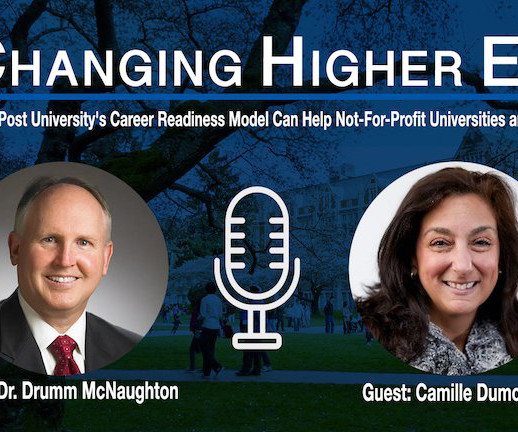A Student-Centric Approach to Higher Education Marketing in 2022
Blackboard Higher Education
FEBRUARY 1, 2022
This has huge implications not just for the way you structure your online and nontraditional programs, but also how you can effectively reach these students and market to them. We’ve identified three key higher education recruitment strategies to attract and enroll nontraditional students in this transformed environment.













Let's personalize your content